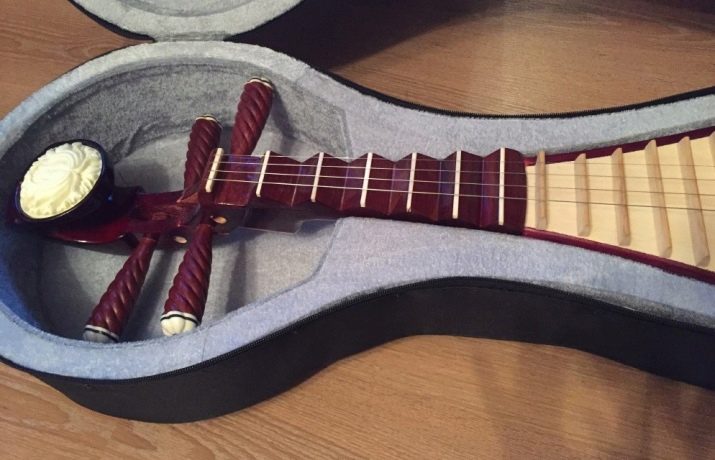All about pipa musical instrument
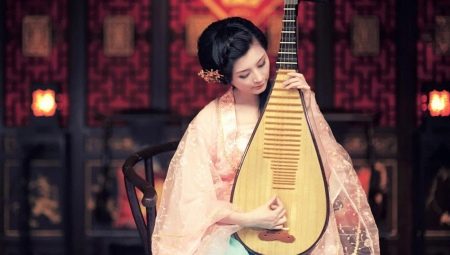
There are a lot of musical instruments in the world. Moreover, some of them are well known to us, but we do not know anything about others. In our article, we will focus on the pip: what is this instrument, what is its structure and sound.
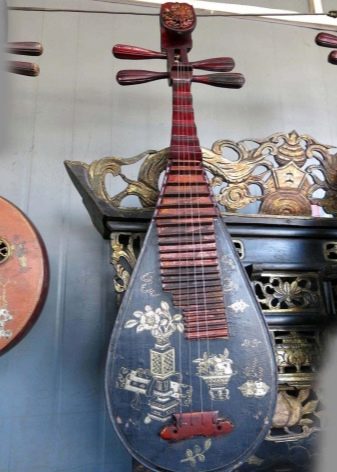
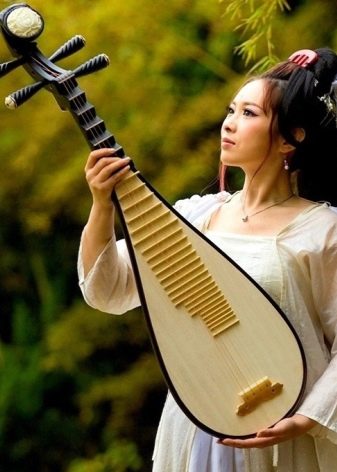
What it is?
The pipa is a traditional Chinese musical instrument that belongs to the stringed plucked and lute family. It is one of the oldest, but at the same time the most common. This instrument is also called nothing other than piba, ruan or yueqin, which literally translates as "moon lute".
For the first time, the Chinese pipu was mentioned in literary works as early as the third century, and its images date back to the fifth century.
The name of this instrument was taken for a reason. It is associated with the peculiarities of the game on it. So, the first syllable "pi" means movement of the hand down the strings, and the syllable "pa", on the contrary, means movement up.
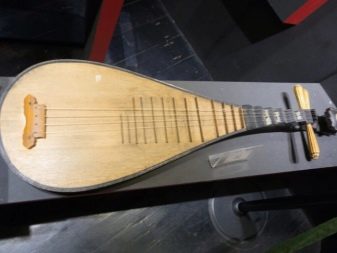
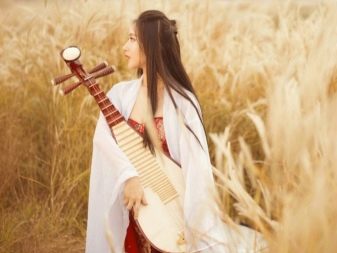
Almost nothing is known about the origin of this musical instrument. Many in China associate it with the period of the Han dynasty, and specifically with the princess Liu Xijun, who was to be sent to the barbarian king Wusun in order to become his wife. So that the girl does not get bored on the road and can calm her emotions, this musical instrument was created for her, which later became known as pipa.
However, this is just one of the many popular traditional Chinese stories of which there are many. Many old texts clearly state that a musical instrument like the pipa was invented by the Hu people. It did not belong to the Han and existed in the northwestern regions of the ancient Celestial Empire.
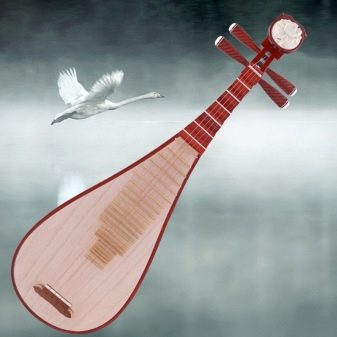
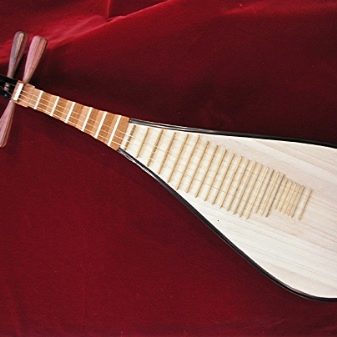
It is also difficult to reliably establish the exact time of the origin of this instrument. Nevertheless, many researchers believe that the Chinese pipa was invented during the Qin dynasty, that is, in 206-220 BC. Despite this, this instrument received the greatest demand and popularity only during the Sui and Tang dynasties, that is, in 581–907. Most of the music of this period was performed primarily on the pip. She began to enter the court orchestras, as well as folk ensembles. The pipa was also used as an independent solo instrument.
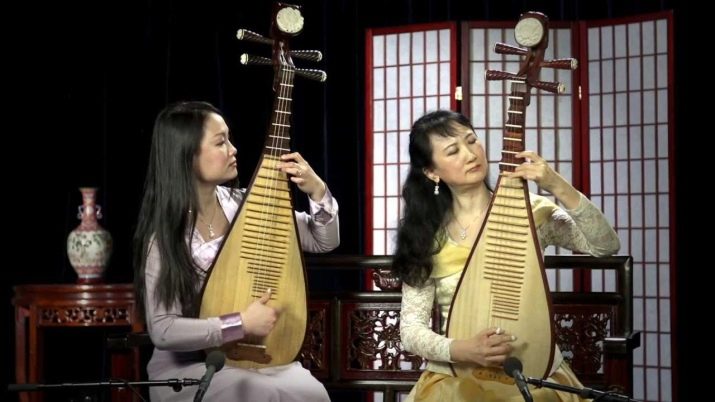
Pipu was adored by everyone. Moreover, not only music performers, but also artists, who often made it an important element of their images, as well as writers and poets. So, the following poem is known, which tells about a woman who plays the pip:
“The bold strings trembled like drops of a sudden pouring rain,
Thin strings hummed like the whispers of lovers.
Chatter and mumble, mumble and talk again
as if large and small pearls fall on a jade plate, "
- It was written by such a poet as Bai Juyi, just in the era of Sui and Tang.
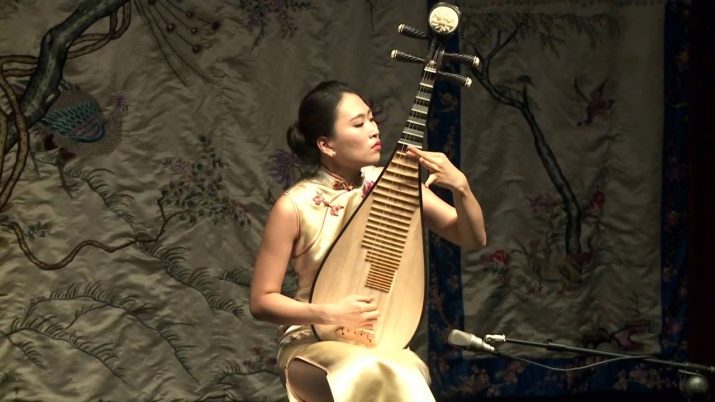
Over time, this Chinese musical invention began to spread throughout the world, while undergoing a number of changes.
So, starting from the eighth century, such an instrument as the biwa appeared in Japan, which is very similar to the Chinese pipa, not only visually, but also in terms of its structure and sound. The Chinese pipa also spread in Vietnam, where it became known as dentiba. This instrument was not deprived of attention in Korea either, where it was called bipa or in another way tangpipa.
By the way, the modern Chinese pipa is still quite popular in the Middle Kingdom, namely in the central and southern parts. There even exists a special musical genre for this instrument, which is called nanguan.
It is worth mentioning that pipa has a connection not only with China, but also with such a religion as Buddhism. So, in the famous caves of Dunhuang, you can find a large number of drawings of men playing this musical instrument.
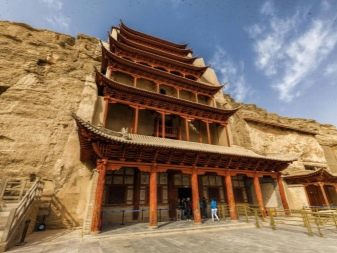

The structure of a musical instrument
This instrument has many similarities with the lute, the Japanese shamisen or the balalaika we are all used to. They can be seen both in external performance and in terms of the device.
In shape, this Chinese instrument resembles a pear, while the resonator holes, in contrast to the same lute or balalaika, are absent. The pipa has four strings that are attached to the body with tuning pegs and tailpipes, and a fairly short neck that is scalloped. This instrument is approximately one meter long and approximately 35 centimeters wide. Due to the compactness of the pipa, it is quite easy to transport it.
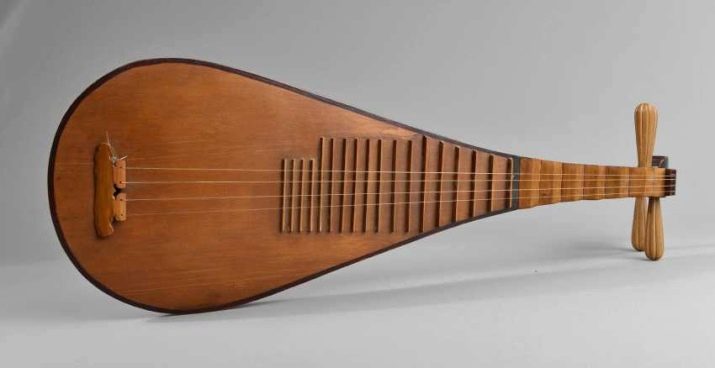
Pipa strings are most often made of twisted silk or, much less often, metal, and modern models may also have nylon strings. Nowadays, musicians mostly prefer metal and nylon strings, as thanks to these materials the instrument sounds much louder.
Sound production of this musical instrument occurs with the help of a plectrum or a pick, which looks like a plate and is made of metal or plastic. In ancient times, the pip was played with a special shaped claw that was worn over the finger.
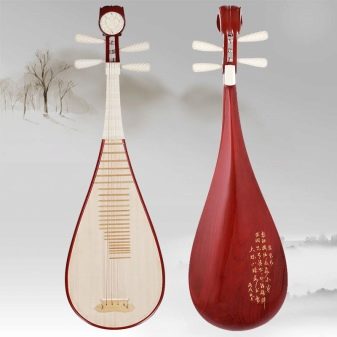
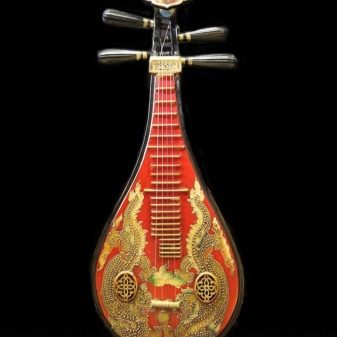
Previously, the Chinese pipu was used to play only in a horizontal position, but over time it changed to a vertical one.
The process of playing this instrument takes place exclusively while sitting, while the musician rests the lower part of the body on the knee, and the neck of the pipa on the left shoulder.
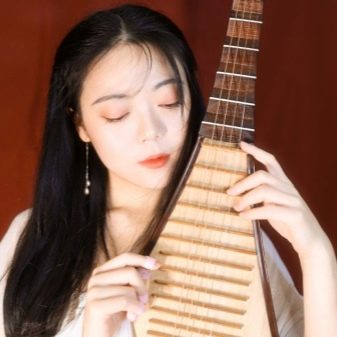
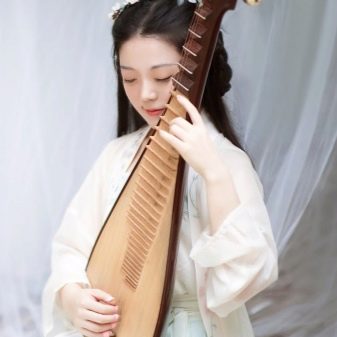
How does it sound?
A Chinese musical instrument like the pipa has a fairly wide range, which can be up to four acts, and a full-fledged chromatic scale.Its sound is very melodic and remotely resembles the sound of the traditional guitar we are used to.
The musical compositions that the musicians perform on the pip are quite lyrical and original. However, this instrument reproduces not only lyrical works in the "Wenqiu" style, but also military ones, which are similar to the "Wuqiu" style. And if the first style is characterized by emotional, meditative, and also sad coloring, then the second is distinguished by its drama and power.
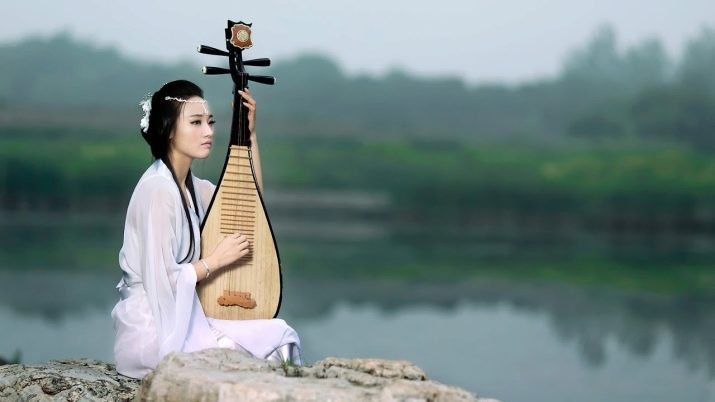
Pipa, due to its sound, is a good accompaniment musical instrument for singing or accompaniment of recitation.
Nowadays, its sound is most often heard in orchestra and traditional Chinese ensembles, but sometimes solo parts are performed on the pip.
The most famous pip musicians who are called pipaists are the Chinese singer and songwriter Lin Di and the Chinese singer Liu Fang.
